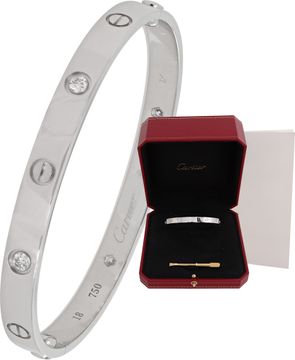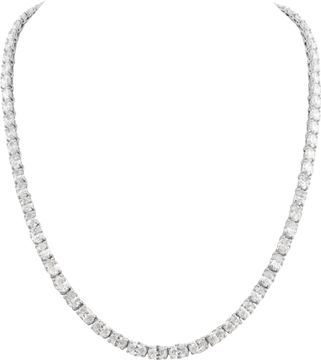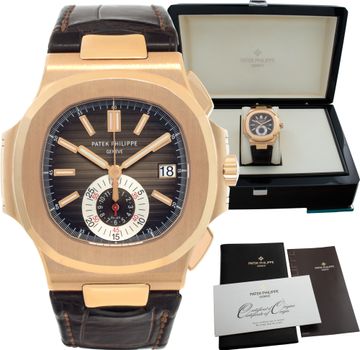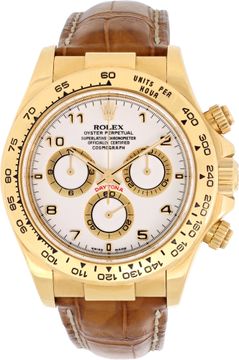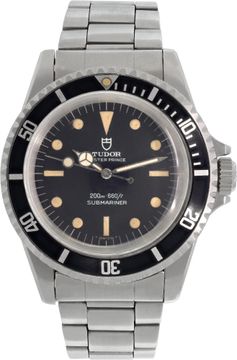Chronograph Watches Explained: The History and Function of Time-Stopping Watches
At once iconic and endlessly functional, the chronograph is one of the most celebrated complications in all of horology. Far beyond its sporty aesthetic or tool-watch appeal, the chronograph represents a remarkable feat of mechanical ingenuity. Its ability to measure elapsed time—independent of standard timekeeping—has captivated watchmakers and wearers alike for over two centuries. From aviation to automotive racing, deep-sea diving to outer space, the chronograph has proven to be more than a stylistic flourish; it is a precision instrument with a compelling heritage and enduring allure.
To understand what makes a chronograph truly exceptional, one must look beyond the tactile satisfaction of pushing the start-stop-reset buttons. At its heart, a chronograph is a mechanical stopwatch integrated within a timepiece. The challenge lies in adding this functionality to an already complex mechanism without compromising timekeeping accuracy, aesthetic balance, or mechanical reliability. And yet, the world’s most revered watchmakers have done just that—producing masterpieces that exemplify both utility and beauty.
The Origins of Chronographic Timekeeping
The story of the chronograph begins in the early 19th century. Although often credited to Nicolas Rieussec—who developed an ink-dropping device for timing horse races in 1821—it was Louis Moinet who, in 1816, created what is now considered the first chronograph, capable of measuring intervals to 1/60th of a second. Intended for astronomical observation, this pioneering device marked the beginning of a mechanical revolution in timekeeping.
Over the decades, the chrono evolved into a portable, wrist-worn instrument. By the 20th century, it had become indispensable in fields that demanded precision—aviation, motorsport, medicine, and military operations. The practical value of timing elapsed events without relying on separate tools helped secure its status as one of the most respected complications in watchmaking.
How Chronographs Work
The essence of a chronograph lies in its ability to track time independently of the standard time display. When the pusher is engaged, a separate second hand begins to move. Additional registers—often arranged symmetrically on the dial—track elapsed minutes and, in more advanced models, elapsed hours. The entire mechanism is driven by the watch's movement, typically with a dedicated clutch system and column wheel or cam actuator that manages the chronograph’s start, stop, and reset functions.
One of the mechanical marvels of this complication is the column wheel chronograph. Seen as a hallmark of fine watchmaking, the column wheel governs the smooth engagement of the chronograph mechanism and is typically hand-finished with meticulous care. Its alternative, the cam-actuated chronograph, is more industrial but offers a robust and cost-effective solution. In both cases, the integration must be seamless to prevent loss of amplitude or timekeeping deviation—one reason why manufacturing a chronograph movement is considered a benchmark of horological expertise.
Swiss Icons of the Chronograph Tradition
Among the pantheon of chronograph-producing houses, few stand as tall as Rolex, Omega, Patek Philippe, Audemars Piguet, and Vacheron Constantin—each of whom has interpreted this complication in their own distinguished way.
Rolex, for instance, cemented the chronograph’s place in modern culture with the Cosmograph Daytona. Originally designed for professional racing drivers in 1963, the Daytona is now a legend in its own right. The modern reference, featuring the in-house Caliber 4131, is a certified chronometer offering exceptional robustness and efficiency. Its tachymeter bezel, used to calculate average speeds, reinforces the chronograph’s racing heritage while Rolex’s signature Oyster case and screw-down pushers ensure water resistance and durability.
Omega’s contribution to chronograph lore is equally storied. The Speedmaster Professional Moonwatch is perhaps the most famous wristwatch chronograph ever produced. Having been flight-qualified by NASA in 1965 and worn on the lunar surface in 1969, the Speedmaster’s credentials are unparalleled. Today’s models, such as those equipped with the Caliber 3861, retain the original’s hand-wound character but introduce Co-Axial escapement technology and Master Chronometer certification, offering precision with modern reliability. The Speedmaster is more than a timepiece—it is a chronograph that made history.
For purists who seek artisanal excellence, Patek Philippe’s chronograph watches represent the pinnacle of traditional watchmaking. Their hand-finished, manually wound calibers—such as the CH 29-535 PS found in the Ref. 5172G—demonstrate the maison’s commitment to elegance and technical refinement. The chronograph’s levers, hammers, and wheels are hand-polished and chamfered, often visible through sapphire casebacks. The design, whether in classic round form or through the vintage lens of a cushion-shaped case, always balances legibility with quiet sophistication.
Audemars Piguet, known for its avant-garde Royal Oak line, brought the automatic chronograph into the realm of luxury sports timepieces. The Royal Oak Chronograph, with its integrated bracelet, “Grande Tapisserie” dial, and octagonal bezel, showcases the brand’s iconic design language while delivering uncompromising functionality. Inside, movements such as the Caliber 4401 provide flyback capability—a more advanced chronograph function that allows the wearer to reset and restart the timer with a single press.
Likewise, Vacheron Constantin offers breathtaking examples, particularly within its Traditionnelle and Historiques collections. References like the Cornes de Vache 1955 reimagine mid-century chronograph design with contemporary finishing and modern calibers. Often using column wheel architecture and intricately hand-finished bridges, these pieces speak not only to mechanical mastery but also to the preservation of Swiss watchmaking tradition.
The Allure and Complexity of the Chronograph
What draws collectors to the chronograph is not merely its function, but its character. It is a complication that evokes action, performance, and control. Whether used to time laps on a racetrack or as a daily reminder of precision craftsmanship, a well-executed chronograph offers both utility and emotional resonance.
Despite their popularity, chronographs remain among the most complex and labor-intensive movements to develop and service. The interaction of the timekeeping and timing modules requires careful calibration. Even among seasoned watchmakers, overhauling a high-end chronograph is a delicate and time-consuming task—making these pieces all the more admirable.
While digital timers may offer pinpoint accuracy, they cannot replicate the tactile engagement of a mechanical chronograph. The satisfying click of a column wheel pusher, the sweep of a hand restarting from zero, the symmetrical artistry of a tri-compax layout—these are pleasures unique to analog timekeeping.
A Timeless Companion
A chronograph, ultimately, is more than a complication. It is a companion for those who value the intersection of design, precision, and narrative. Whether housed in a platinum case by Patek Philippe, framed by the ruggedness of an Omega Speedmaster, or wrapped in the iconic geometry of a Royal Oak, the chronograph carries stories—from the racetrack to the moon, from world records to wrist-bound elegance.
Understanding the heritage and mechanics behind a chronograph adds depth to its appreciation. And whether your taste gravitates toward a vintage hand-wound reference or a modern flyback masterpiece, each piece offers a unique invitation to pause, engage, and celebrate time itself.
Your Journey to Chronograph Excellence
Acquiring a fine chronograph is more than just a purchase — it’s an invitation into the world of horological mastery and precision timing. Whether you’re drawn to the racing pedigree of an Omega Speedmaster, the hand-finished beauty of a Patek Philippe split-seconds chronograph, or the architectural boldness of an Audemars Piguet Royal Oak Chronograph, each timepiece represents decades of innovation, craftsmanship, and heritage. Understanding the mechanics behind this iconic complication—be it a manually wound column wheel or a high-frequency flyback—enhances the ownership experience and deepens your appreciation for the art of watchmaking.
Equally important to understanding your chronograph is maintaining it with the care it deserves. A regular watch repair is vital to ensure the movement remains accurate and functional, especially given the added complexity of chronograph mechanisms. A full chronograph service includes disassembly, inspection, lubrication, and calibration of the timing module, ensuring every reset clicks crisply, every subdial rotates flawlessly, and every push remains smooth yet precise. Proper maintenance protects not only your watch’s performance but its long-term value and collectability.
When it’s time to evolve your collection or sell your watch, Sell Us Your Jewelry offers a premium solution for owners of luxury chronographs. Whether you’re selling a hand-wound vintage model or a modern, self-winding masterpiece, our transparent evaluation process ensures you receive competitive market value. Our team of watch experts carefully inspects every movement, assesses complications like flybacks, and considers provenance, condition, and brand prestige in every quote. If you’ve ever wondered, “Where can I sell my luxury chronograph and be sure it’s understood and fairly valued?” — look no further. From racing legends to haute horlogerie icons, we are here to help you navigate every step of your chronograph journey.
Exquisite Pre-owned Luxury Watches and Jewelry: New Arrivals for May 25, 2025
NEXT ARTICLE
The Complete Guide to Rolex Watch Complications: Understanding Their Functions




